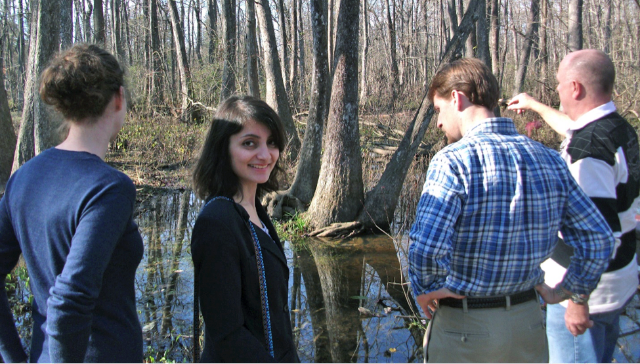We finally crossed the border the first time since we had moved to Canada! While the US border is only an hour from where we live in Vancouver, due to COVID-19, we had no chance to travel there until very recently.
However, now that the US-Canada border is open, there is a lot to do south of the 49th parallel. This blog post covers our trip to Seattle!
If you have two days, or a long weekend, Seattle is the perfect place to go with lots of activities for kids, and adults alike.
Places to Stay
First off, finding a good place to stay is essential. We have tried some of the motels in the US, but given their price and quality, they are just not worth it. Instead of paying 90$ /night for a very shitty place, one might as well "splurge" a bit extra and get a much better place for $150/night. We stayed in Bellevue at the Marriot Convoy which was an extremely delightful place and a very safe location. It wasnt too close to a highway but close enough to get downtown in 20 or so minutes. Most of the hotels downtown were also sold out, but we had decided that Bellevue would be a good location to stay.
Woodland Park Zoo
I love zoos, mainly because it is just so exciting to see animals. And one of the best zoos I have been to is the Seattle zoo, known as the Woodland Park Zoo. There is another entire post on it, because I liked it so much. The zoo is a recipient of over 65 awards across multiple categories!
Pikes Place and Downtown
One way or the other, you will want to see the downtown, and no better way to start the day then at Place Market. Mind you, we weren't the biggest fans for the market (the fishy place) but it does have some great eats. We also noticed that everyone seems to buy flowers from here. We found out later that later in the day, evening time, the flowers are heavily discounted so definitely good to grab your blossoms for date night.
Besides Pike's Place, there are a bunch of other things to check out while you are in downtown. First off, its just fun walking around and seeing the stores. There are also a few museums downtown that you can hit up. One is the Seattle Art Museum, which is just up the hill from Pike Place Market. We recognized the building from the Hammering Man statue just outside it. And guess what? We had seen the Hammering Man in Seoul as well, close to where we lived. The Hammering Man is a series of monumental kinetic sculptures by Jonathan Borofsky that symbolize workers throughout the world. In the US, there are around 7 of these statues, in Europe, there are 4 and finally, there is only 1 in Asia and that was in Seoul.
Seattle Center
This area touristy and fun with a few attractions such as the Space Needle, the Pacific Science Center and the Chihuly Garden and Glass. Each of them is ticketed. We skipped the Space Needle and ended up going the Pacific Science Center and the Chihuly Garden and Glass, both which were very enjoyable. I personally liked the science center more but that's because we are all nerds and also because kids have more activities there.
The Pacific Science Center had a section on dinosaurs, a butterfly garden and toddler play area, so there's enough to do for 2-3 hours for the kids.
Chihuly Garden and Glass is filled with really beautiful glass work but you won't need to spend more than 45 minutes here, if that. If you are short on time (and money), skip this
Ballard
The Ballard area is really neat, with lots of lovely cafes! From here you can also walk all the way to the Ballard locks. These aren't the prettiest things to look at but worth looking at if you are into engineering. The locks are essentially gates that keep the salt water of the Puget Sound separate from the fresh water of the lakes on the channels that connect them and also adjust for a height difference—meaning you can watch as ships and boats load into the locks and be raised or lowered. You can also check out a salmon ladder under the locks! The locks are next to a nice park/ botanical garden that you can check out.
Fremont
Like Ballard, another amazing neighbourhood to check out is Fremont, with its ample amounts of unique things to see and places to eat. It’s the perfect place to see a less touristy side of Seattle, as well as a good mix of what makes this city a fun place to be. You can easily park and walk between all of the sights in Fremont.
Seattle Waterfront
Seattle waterfront is also quite a bit of fun. There is music, a ferris wheel, a number of eating establishments and all around fun.




